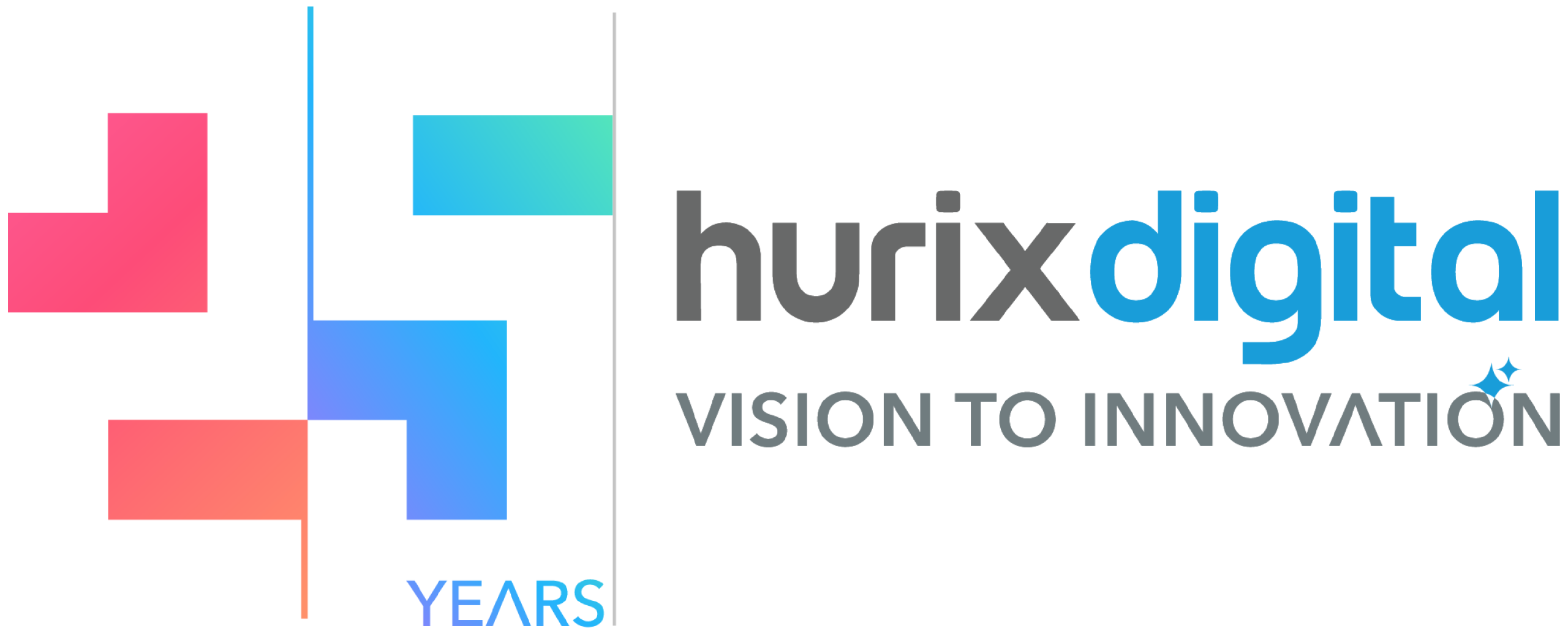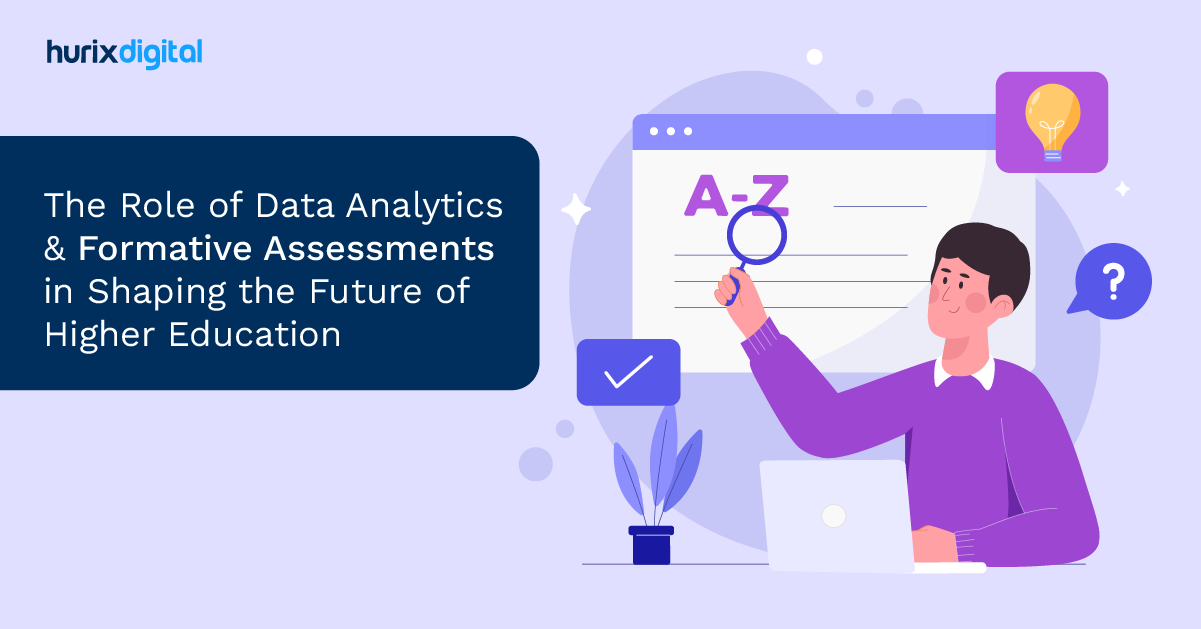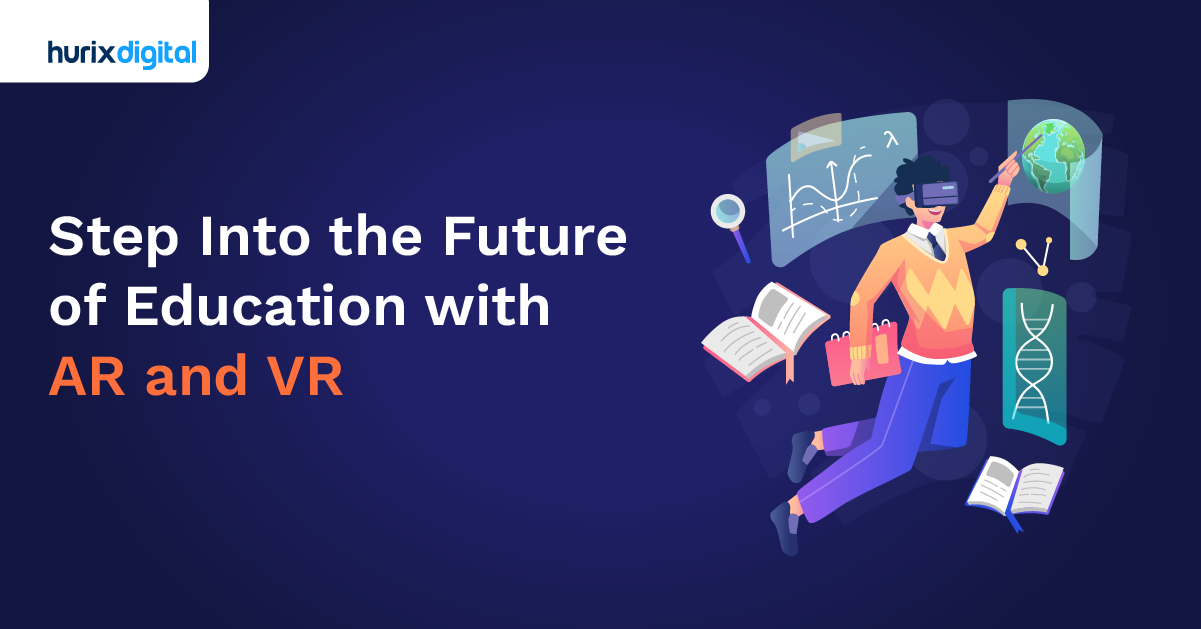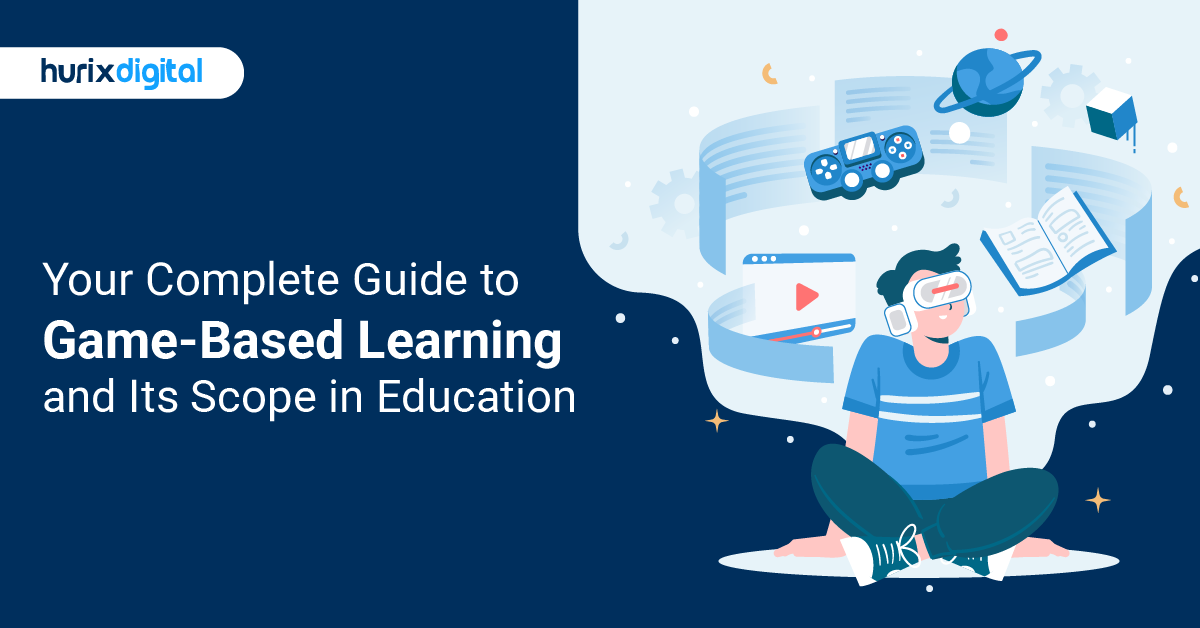
Nitin Sharma
August 25, 2025
Digital Tools for Education That ACTUALLY Work for Modern Education!
The conversation around digital tools for education has shifted, especially after 2020. The main question in the minds of many in leadership positions is not whether to employ these resources but how they truly help to create the student’s learning experience. It is a process of mastering what makes a difference, and it is knowing that it is not just absorbing and embracing technology just because it is there.
The actual test of leadership in education can sometimes be reduced to value, when do we get a real payoff on our own communal effort, not merely in terms of the bottom line, but in real educational progress as we can see it? This is not an easy course of action, however. It has real complications to get through. We often face the challenge of preparing our teachers to capitalise on such opportunities, ensuring digital tools become seamlessly part of an institutional environment, and producing equitable access to all students, regardless of their backgrounds.
Of course, the important business is safeguarding student data and ensuring it is kept confidential while attempting to see what may be coming next. It is a very subtle terrain that needs consideration in designing it, and a desire to make a tangible and lasting difference in learning.
Table of Contents:
- How do Digital Tools Truly Enhance Learning Outcomes?
- Measuring Digital Tools for Education’s ROI: What Matters Most?
- Best Strategies for Digital Tool Adoption for Upskilling Educators
- Scaling Digital Tools Across Institutions
- Mitigating Cybersecurity Risks in Digital Education Platforms
- Future-Proofing Digital Education Strategies: What’s Next?
- Boosting Student Engagement Using Cutting-Edge Digital Tools
- How Can You Navigate Digital Tool Regulations?
- Measuring the Long-Term Impact of Digital Education Tools Effectively
- To Summarize
How do Digital Tools Truly Enhance Learning Outcomes?
It’s impressive when you take the time to really notice what happens when a reflective teacher utilizes digital tools and technology in their practice. It’s not all about cool-looking screens and apps, not precisely. Instead, it’s about something much more fundamental. For example, consider personalized learning. One textbook treats every student the same. Digital learning spaces offer an entirely different experience. In a customized space, if a student masters a particular concept seamlessly, the tool can offer more challenging material. When difficult, the tool can provide alternative means of explaining the subject matter, such as a video vs. text or an interactive diagram instead of a straight concept map. It’s situating an intelligent, patient tutor beside each child who knows their rhythm, where they have difficulty, or if they are changing pace. This isn’t a “solution” for crying out loud; this is the comfortable option of changing how we cater to individual human minds. Plus, there’s the sheer dynamism of instant feedback. Imagine a student is working through a set of physics problems. In most academic contexts, they’d have to solve five problems, turn them in, and wait a few days to get a grade to learn about their core misconception. But with a digital tool, this feedback comes instantly. “No, not quite right. Look at the variable on the left.” That instant feedback doesn’t just know that they were wrong, it corrects them, in the moment, when they are still working through the mental model. Homework becomes less about avoiding errors and more about continuous attempts, errors, and adjustments. That’s how we learn anything complicated, right? By doing so and then quickly understanding if we’re right. And of course, the access. Not just to information, but to experiences. Simulations that let students dissect a frog virtually, or operate a complex machine, without the mess or the danger. Virtual field trips to ancient ruins or deep-sea vents. These aren’t replacements for hands-on experience, not entirely, but they open doors to worlds otherwise inaccessible. They spark curiosity. They provide context that a static image or paragraph simply cannot. The true enhancement isn’t the technology itself, but the human curiosity it ignites, and the tailored support it offers, allowing each learner to navigate their unique path toward understanding. It’s a powerful thing to witness.Measuring Digital Tools for Education’s ROI: What Matters Most?
The core question isn’t really about Return on Investment in the usual sense, and it’s not just about money. When we discuss digital education tools, the “investment” is much wider, including time, teacher effort, school focus, and money. What really matters is the impact on the people involved: the learners and the teachers. For the learner, the true measure isn’t just a bump in test scores. That’s too simplistic. It’s about genuine engagement. Are they asking more questions? Are they collaborating differently? Are they enjoying the process of learning? Think about a tool that, on paper, promises improved math scores. But if students are just clicking through, bored, memorizing for a test, then forgetting, has it truly delivered? No. The real return lies in fostering curiosity, in building problem-solving muscles, in making learning feel less like a chore and more like an exploration. Can the tool adapt to different learning styles, allowing some to sprint ahead and others to take their time? That flexibility, that sense of individual empowerment, is priceless. Then there’s the educator. A tool’s ROI collapses if it adds another administrative burden layer. Teachers are already stretched. A digital platform that requires hours of data entry or constant troubleshooting, however flashy, will eventually be abandoned. What matters is whether it frees them up to connect with students, to design more creative lessons, and to provide personalized feedback they couldn’t before. Does it genuinely simplify differentiation? Does it offer insights that help them understand where a student struggles before a primary assessment? If it saves them ten hours a week on grading so they can spend that time mentoring or designing, that’s a massive return. If it just feels like a digital babysitter, it’s a waste. Also Read: The Real Role of AI in Education in Helping, Not Replacing, Teachers!Best Strategies for Digital Tool Adoption for Upskilling Educators
When discussing educators embracing new digital tools, the common pitfall is thinking it’s about a one-time training session. It rarely works that way. Think about it: handing someone a shiny new hammer and telling them to build a house, without ever showing them why this hammer is better than the old one, or giving them a few nails to practice with. People just won’t pick it up. The best strategies lean into human nature. First, it’s got to be relevant, almost immediately. We’ve seen so much wasted effort on introducing tools that don’t solve an urgent problem for teachers. It’s like, “Here’s this fantastic AI writing assistant!” but the teacher is struggling with grading thirty essays, not writing them. Maybe start with a tool that helps with the grading, something small that shaves off fifteen minutes daily. The ‘aha!’ moment comes from personal relief, not a grand vision. Then there’s the sheer necessity of ongoing, low-stakes support. Not a formal workshop every three months, but a digital ‘help desk’ manned by a fellow educator who remembers what it was like to be overwhelmed. A colleague who can pop by for five minutes and say, “Oh, for that, just click here. See?” It’s disarmingly simple, but powerful. We’ve all been there, staring at a screen, utterly stumped by something that, in hindsight, was obvious. Making it safe to ask those “stupid” questions? That’s gold. Another thing: celebrate the small victories. Has anyone here figured out how to use a shared document for collaborative planning at least once in their lives? Shout it from the workspaces (or at least mention it in the staff lounge). It creates a culture, and importantly, leaders need to model it. If the principal sends emails using a new collaborative platform, it sends a clear sample. If they’re still printing everything and sticking it on a bulletin board, that’s a different message altogether. It’s less about the tool itself and much more about cultivating curiosity and the courage to try something a little new. Sometimes it fails, of course. That’s part of the process.Scaling Digital Tools Across Institutions
The concept of “seamless integration” when spreading digital tools across institutions always reminds me of smooth, frictionless transitions, like magic. In truth, it’s rarely seamless. It’s more like a complex diplomatic negotiation, with technical challenges, different institutional cultures, and deeply ingrained habits. People tend to forget the human element, the sheer force of habit, and the “not invented here” connotation that can kill even the best technical plans. Consider a university consortium trying to share a common research data management system. On paper, it makes sense: shared costs, common standards. But then you get to individual faculty members who have built their fancy data pipelines for years. They trust their system, the one they know inside out, even if it’s held together with virtual duct tape. Getting them to trust a shared system built by a committee is a tough sell. It’s not about the software features; it’s about perceived loss of control, fear of change, and very real concerns about data security and sovereignty in someone else’s infrastructure. The legal and compliance aspects vary; some institutions have strict data residency rules, others are more relaxed. Building a single tool that fits both requires trade-offs. Do you standardize to the strictest standards and risk over-engineering, or add flexibility at a higher cost? Ultimately, it’s about ongoing compromises and communication. Seamlessness relies more on effort than technology, ensuring different parts work together over time.Mitigating Cybersecurity Risks in Digital Education Platforms
Trying to keep education tech safe is tough. It’s clear that just having a platform isn’t enough. Real security is an ongoing mess. It’s not just firewalls and coding tricks, but how people act and if they’re willing to learn safe habits. The best security can be trash if someone clicks a bad link in a fake email. Teachers, staff, and even students are busy and lose focus. A fake email, like one that seems to be from IT asking to reset your password, can mess things up. That’s why we should train people to know what to look for in fake emails. A friend said they almost clicked one during exams. These things happen so easily The tech itself is also complex. Platforms change all the time, with new stuff added that can cause problems. Fixing things, like patching up software to remove the vulnerability, isn’t fun but has to be done. If you don’t, everything falls apart. You have to keep all software updated, including the big learning systems, video calls, and testing tools. Each spot data passes through could be a point of weakness. Good login methods, not just a password, are key. Using something like multi-factor authentication(MFA) might be annoying when you’re in a rush, but it stops attackers. It’s like having two locks on your door. Also, data has to be coded when it’s moving or sitting still. Just imagine student info or research being stolen. That would be horrible, ruin trust, and damage reputation.Future-Proofing Digital Education Strategies: What’s Next?
At the center of it all, future-proofing digital education approaches is largely not about forecasting what the next big technology might look like. That’s a fool’s errand. What is next is always in flux, isn’t it? The best approach is to have a backbone within the education system that can absorb the surprise. It is all about developing flexibility, a form of institutional grit. A typical error has been replicating conventional lessons on screens, which was unwieldy and exhausting for both the learners and instructors. The shift occurs in pedagogy because interaction does not just imply physical presence but intellectual engagement. Moments of understanding can always be at the end of the discussion, not just the ever-famous slides. Digital tools have the potential to support this, but the design should not merely be about delivery. Think of how we evaluate. The time-limited high-stakes test has long had pride of place. And yet in a world where the information we want is always at our fingertips, what does that say? Future directions should extend beyond the use of recall and into an assessment of critical thinking, teamwork, and problem-solving. Is a student able to take disparate bits of information and synthesize them? Do they know how to work with others in a virtual environment? These are factors of true future preparedness. And, then, there is the human element. Even the most superior digital platforms in the world will count for nothing in an event where the teachers utilising them feel alone or lacking proper assistance. We must first of all invest in the development of their digital fluence, of course, but also in the building of communities around them. They want a place to discuss what is going well, what is not going well, to struggle with the awkward or beauty of a new tool, or the surprising genius of a student project. It is very much not about a master plan, but it is about constant, humble refinement, teaching as we go.Boosting Student Engagement Using Cutting-Edge Digital Tools
When asked to think seriously about enflaming student interest, one is naturally led to speak of screens and software. The real source of ignition is not the new shiny app itself. It is the opportunity that such an app, or this digital space, now avails itself of. It is the soft transformation of the entire nature of engagement out of passive reception into proactive creation. A history teacher made an online discussion forum, which was initially viewed only as a task of needing to post one homework and was changed. Rather than merely responding to simple answers, students were encouraged to identify a dissenting view within the reading; take on this point of view; and ideally engage in conversational terms with the historical figure. This provided liveliness to the activity since students had to research, empathize, and act in real ways. The teacher described witnessing a festival-like battle of wits over the American Revolution taking place at 10 PM, showing how the worth of a given forum is not the tools that it provides but the imaginative space that it creates. Technology may not always be smooth, it may be picky, and the Wi-Fi may drop, and bugs on the latest platforms. Not every learning style would be accommodated using every learning tool; say, some learning platforms produced by gamification of learning would prove stressful rather than inspirational to some students. The trick is to know when digital tools make learning a plus and when they are a distraction. But it must be all about allowing students to take some ownership of their own learning process, using digital tools as a rich learning environment through which they explore.How Can You Navigate Digital Tool Regulations?
Go into virtually any classroom and you will find a digital tool in every corner. They tie students and simplify tasks, and deliver lessons. And with each submission, each input, student data flexes, generating an undercurrent of duty. Managing this data in terms of regulations is not a one-time action through a form or installation, but an ongoing diligence that marks an act of foresight. It is not uncommon to see the exhausted exhalation by a technology director of a given school district who is struggling with a new online textbook service. There is always more to teaching than learning material. It is about knowing where the name of the student, their grades, and their usage pattern are going to be. Will it be stored on servers located in another country? Does the vendor actually pursue the same privacy principles enshrined in, e.g., FERPA or a state-specific privacy act? The contract would have some kind of boilerplate, but this is all about painful line-by-line review in trying to press hard, asking difficult questions, and pushing back when answers seem unclear. It is not so much a legal analysis. It is rather a trust-building activity where you have moments of real doubt. Or rather, is this a vendor that can really be trusted with the digital footprint of a child? The internal challenge is to make sure that all the staff are aware of the policies. Unscrupulous educators can end up using applications that collect students’ emails without their knowledge. This is commonly because of a certain lack of awareness that there are unseen costs associated with free tools. It is an educational process, with the digital environment constantly changing. The goal is to establish a culture of holding digital identities of students as second nature.Measuring the Long-Term Impact of Digital Education Tools Effectively
Measuring the long-term impact of digital education tools is one of those puzzles that feels easy until you start looking closer. Sure, you could just check if test scores went up, but anyone who’s spent time in a classroom knows it’s not that simple. Say a fifth grader uses a new math app and suddenly their grades improve. Great news. But does that improvement stick? When they hit algebra years later, have they really built a solid foundation? Even more important, did that app spark a genuine interest in math or science that shapes their future choices? That kind of impact is tougher to track but way more meaningful. The challenge is mainly time and everything else messing with the results. How do you connect a grown-up’s job or their vote in an election to a digital tool they used years ago? There were teachers, parents, friends, life chances, and yes, a bit of luck, too. It’s like trying to trace one thread through a giant tangled ball of yarn. Some smart folks try following students for years, tracking their grades, college choices, jobs, and even surveys about how confident or curious they feel. That kind of research is slow, expensive, and still can’t untangle every thread perfectly. You’re basically trying to spot a single ripple in a stormy ocean. And then there’s the stuff numbers miss. The stories students tell years later about how a game or project opened their eyes or changed how they work with others. Those personal moments don’t fit neatly in charts but they often say more than any score ever could. What matters most might be watching if things move forward, even if we don’t know exactly how hard we pushed. It’s messy. It’s human. And maybe that’s exactly what makes it worth the effort. Read the Latest Press Release: Hurix Digital Builds 100 Interactive Learning Programs for Leading US Education Institution in One YearTo Summarize
Education leaders will see the tangible benefits of adopting a more holistic approach to educational improvement through technology, such as improved student engagement, enhanced learning outcomes, better educator workflow, simplified scalability, and so on. It is very important to clarify that it will not work if you only adopt certain aspects of technological innovation and do not have the strategic focus of institutional factors that prioritise learner needs, optimise educator support, and build a resilient educational ecosystem. If you’re ready to make a difference for your educational institution with effective digital tools that produce real results, reach out to Hurix Digital. Our comprehensive education technology solutions will support you through strategic planning, implementation, and optimisation. Our expert team has in-depth knowledge of the issues faced by educational leaders and provides tailored solutions to achieve successful outcomes in the areas of adoption, equity of access, and improved learning outcomes. Let Hurix Digital be your parter and make a real difference to digital learning. Contact us now and let our experts show how our proven education technology solutions can facilitate meaningful change in your educational context today.
Senior Vice President
A Business Development professional with >20 years of experience with strong capability to sell new solutions and develop new markets from scratch. New Market Entry Specialist with experience working in the largest emerging markets. Exceptional experience in conceptualizing, ideating and selling new learning technologies like VR AR, etc. across multiple industry verticals.
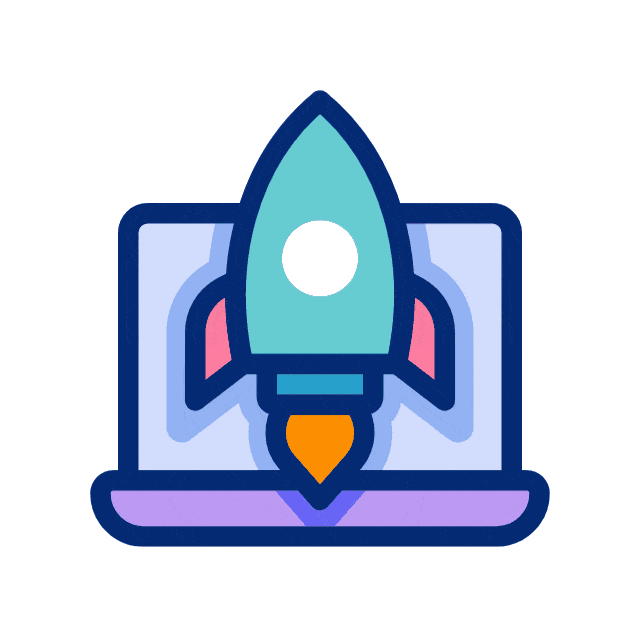 Upcoming Masterclass | Build an Army of Brand Evangelists using Training & Development | November 20th, 8:30 AM PDT | 11:30 AM EDT | 10:00 PM IST
Upcoming Masterclass | Build an Army of Brand Evangelists using Training & Development | November 20th, 8:30 AM PDT | 11:30 AM EDT | 10:00 PM IST
